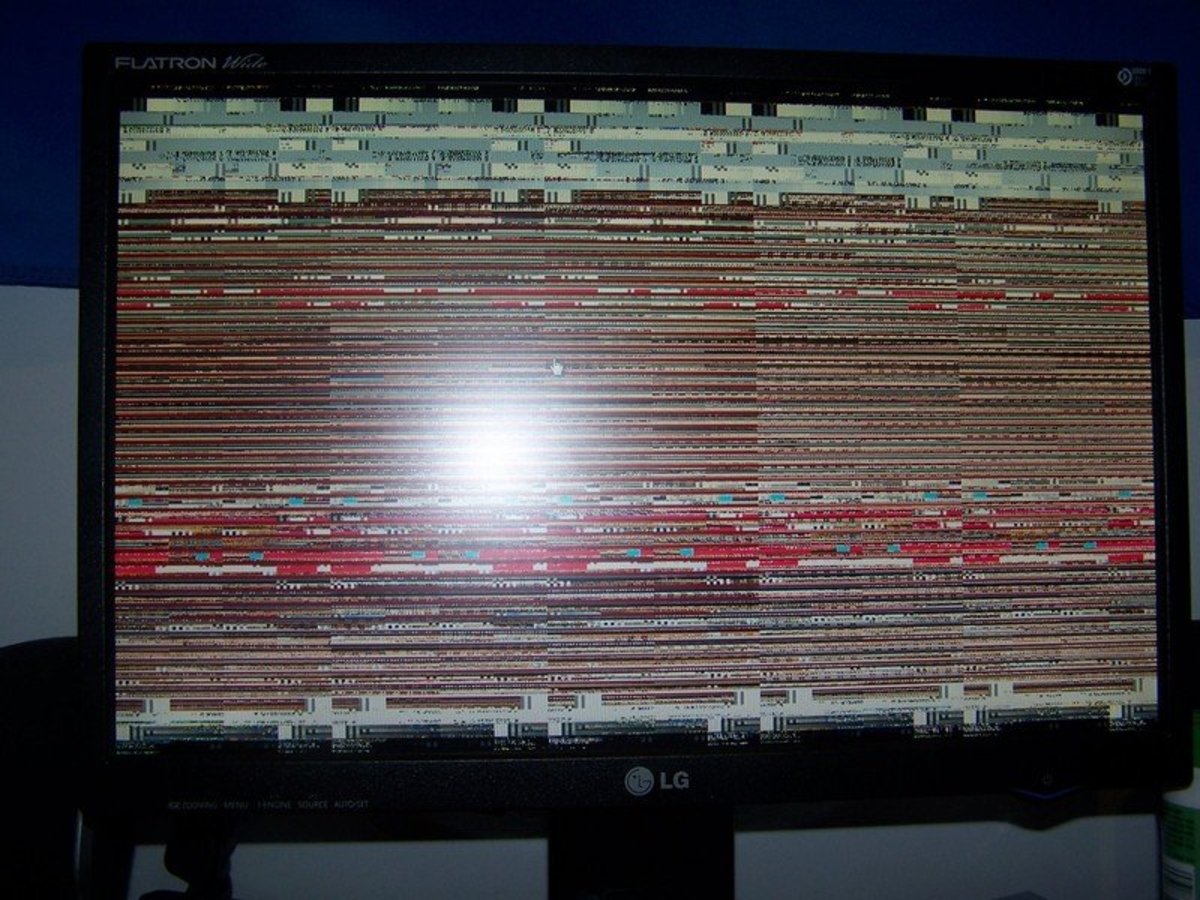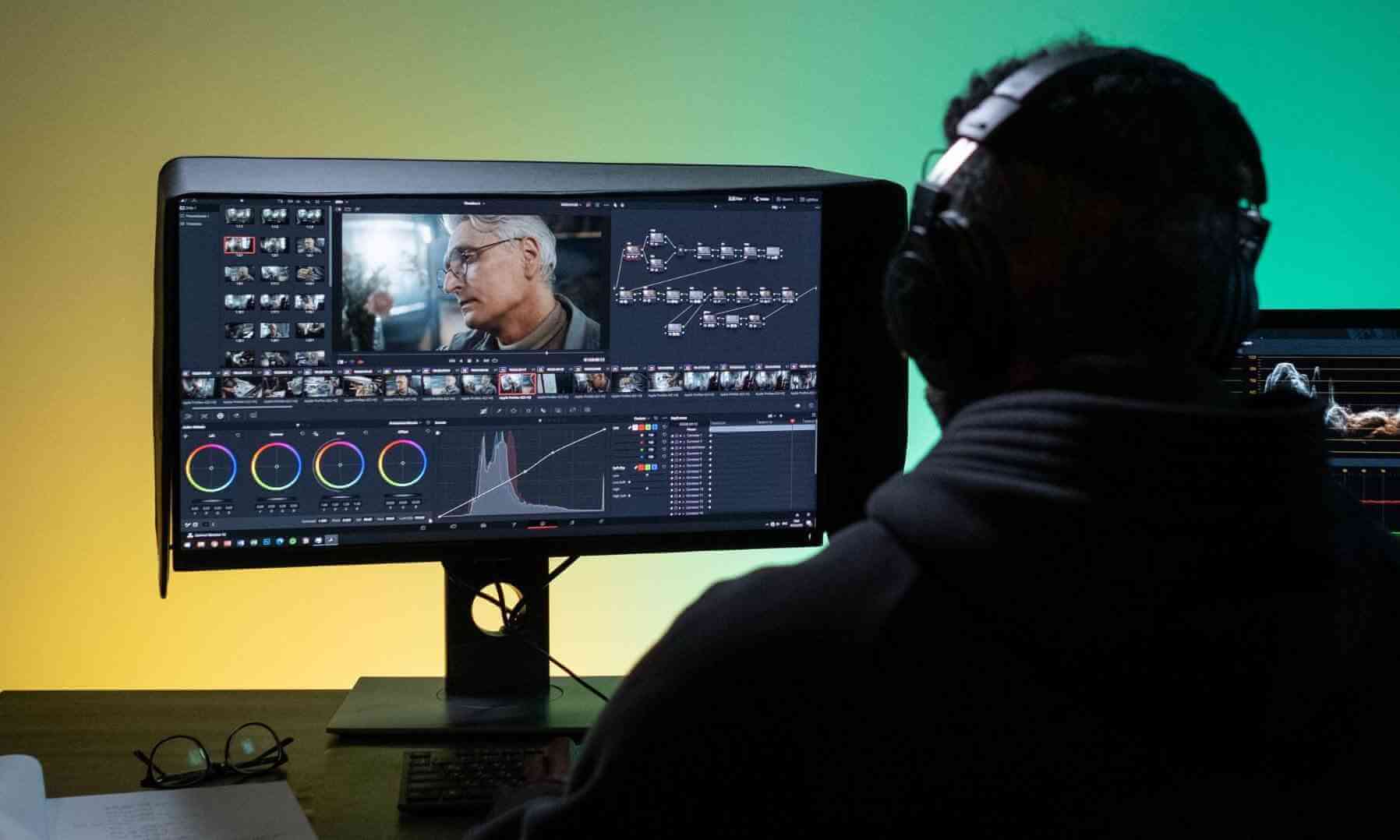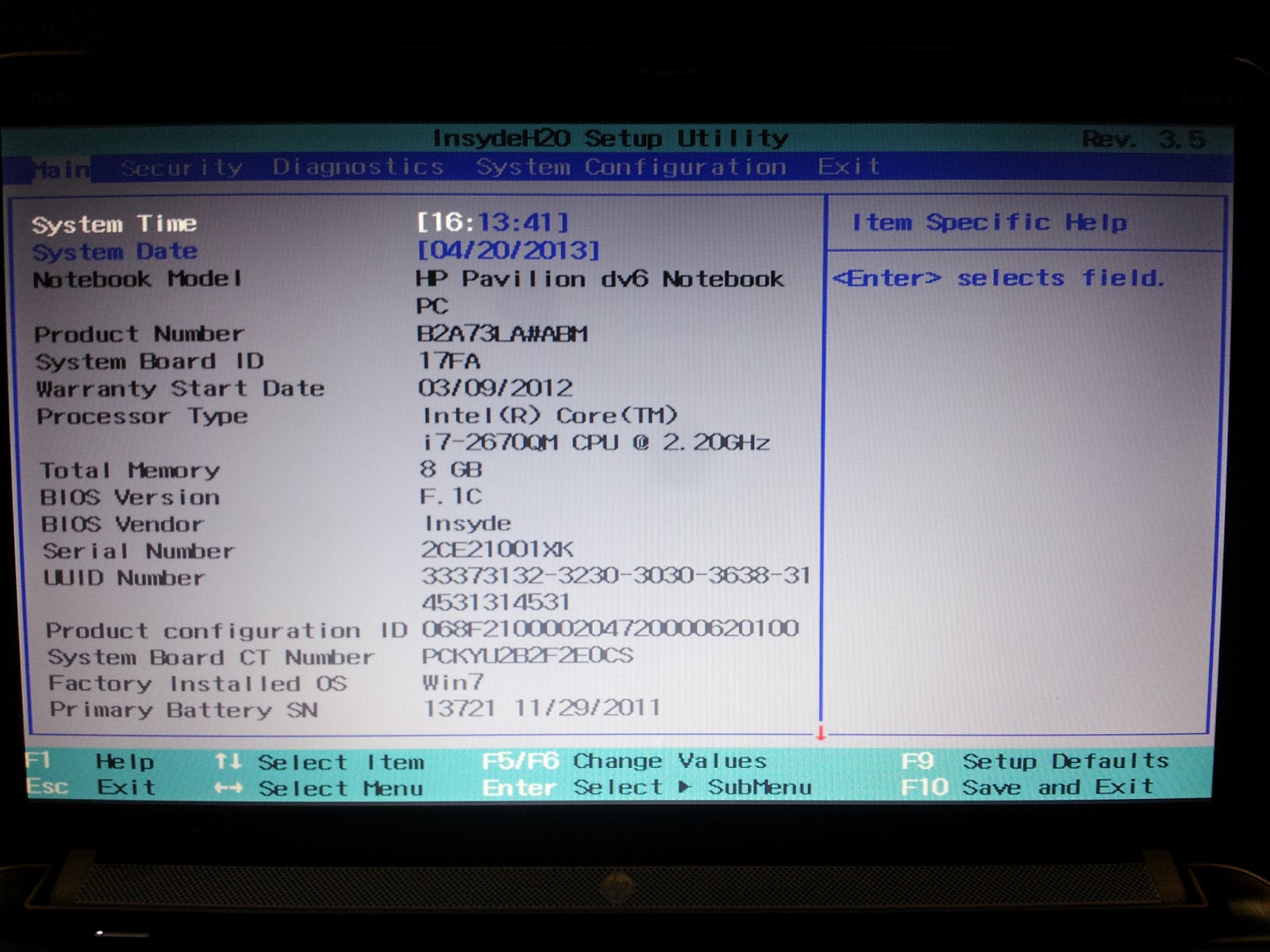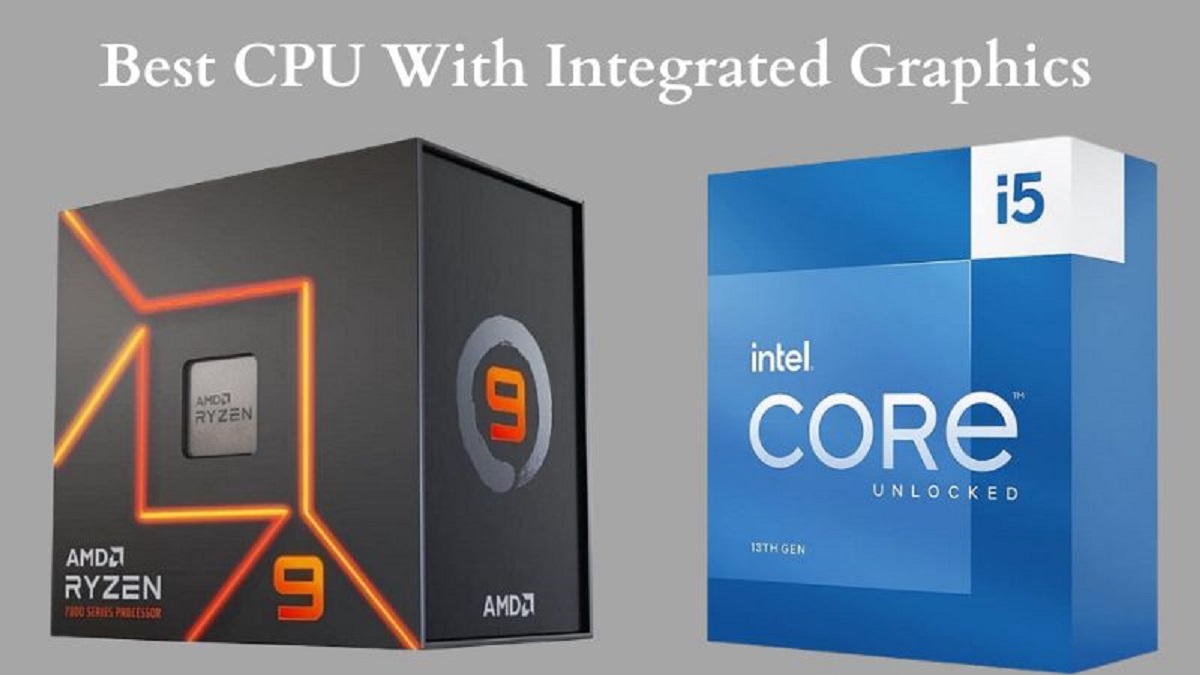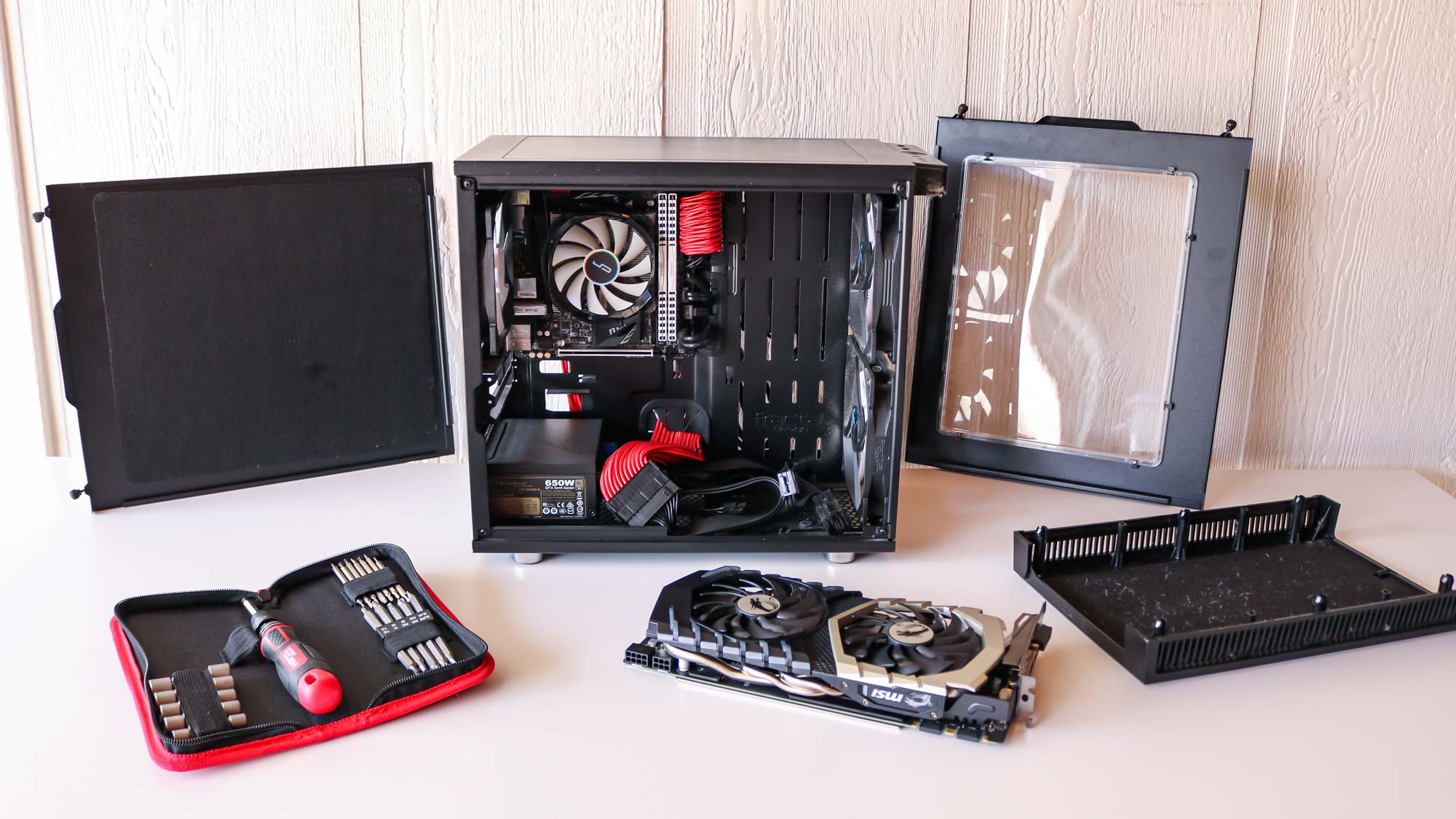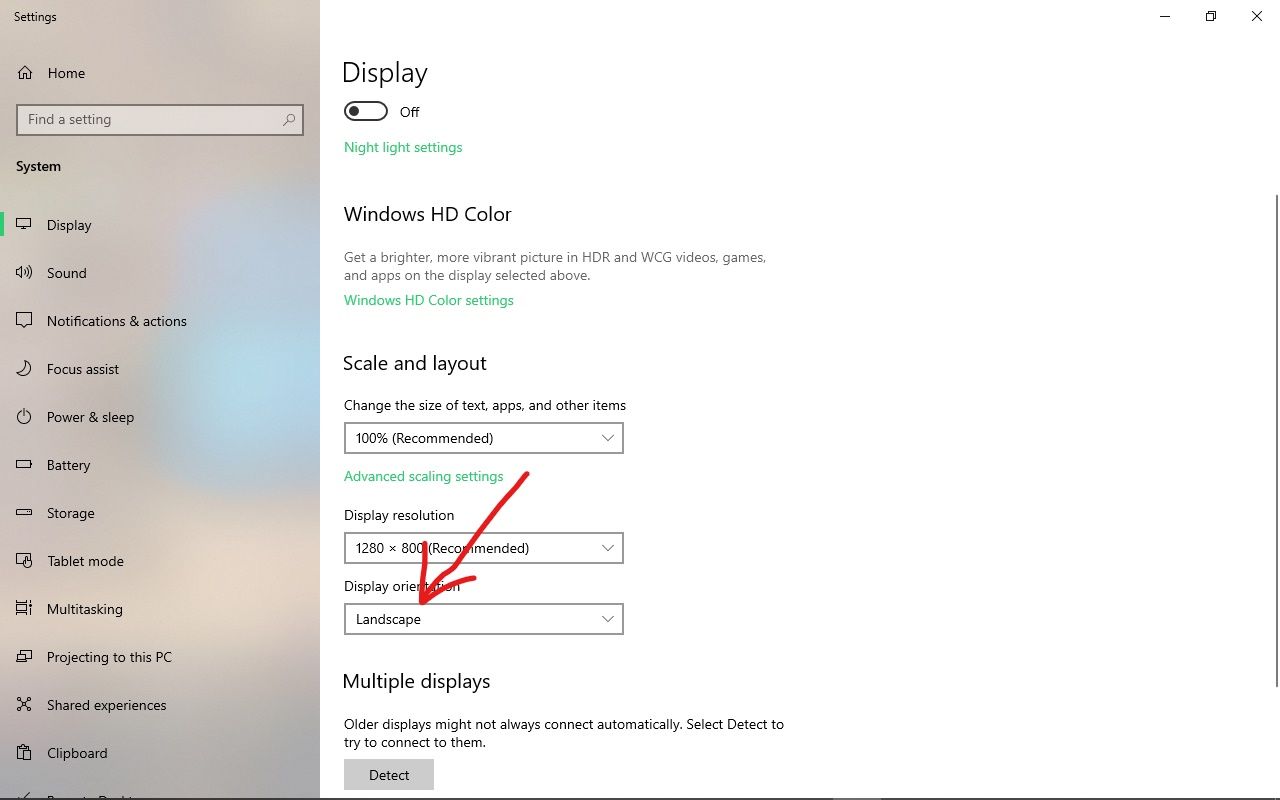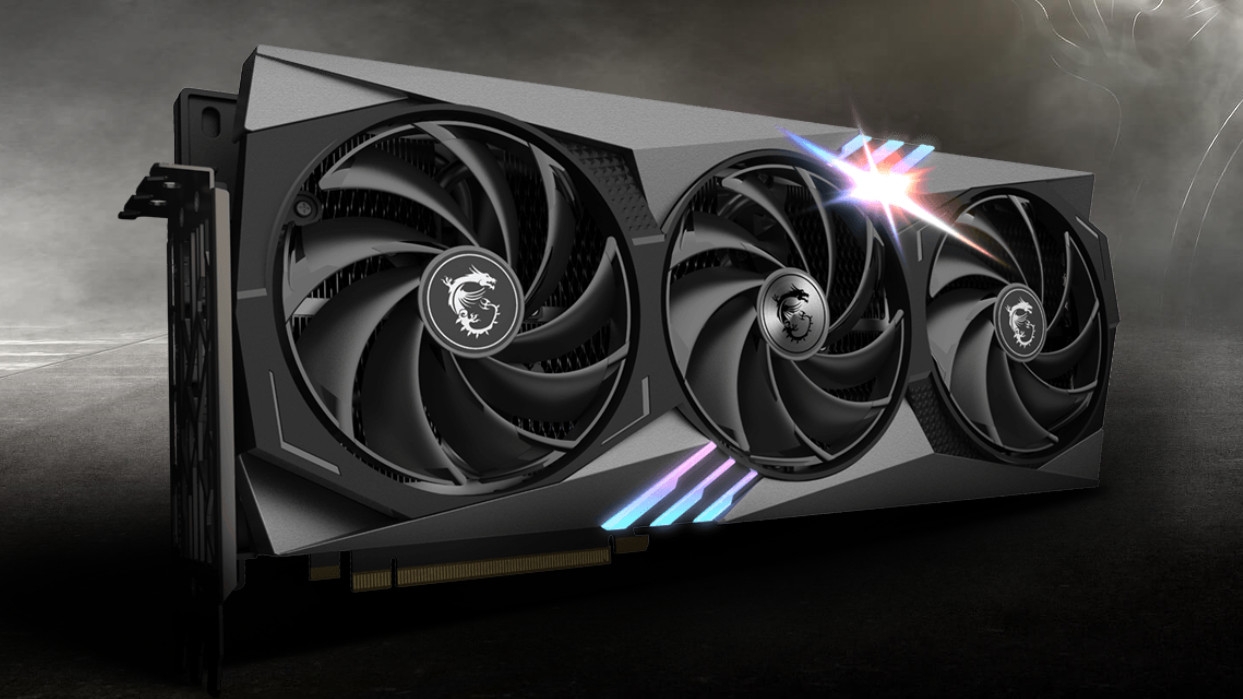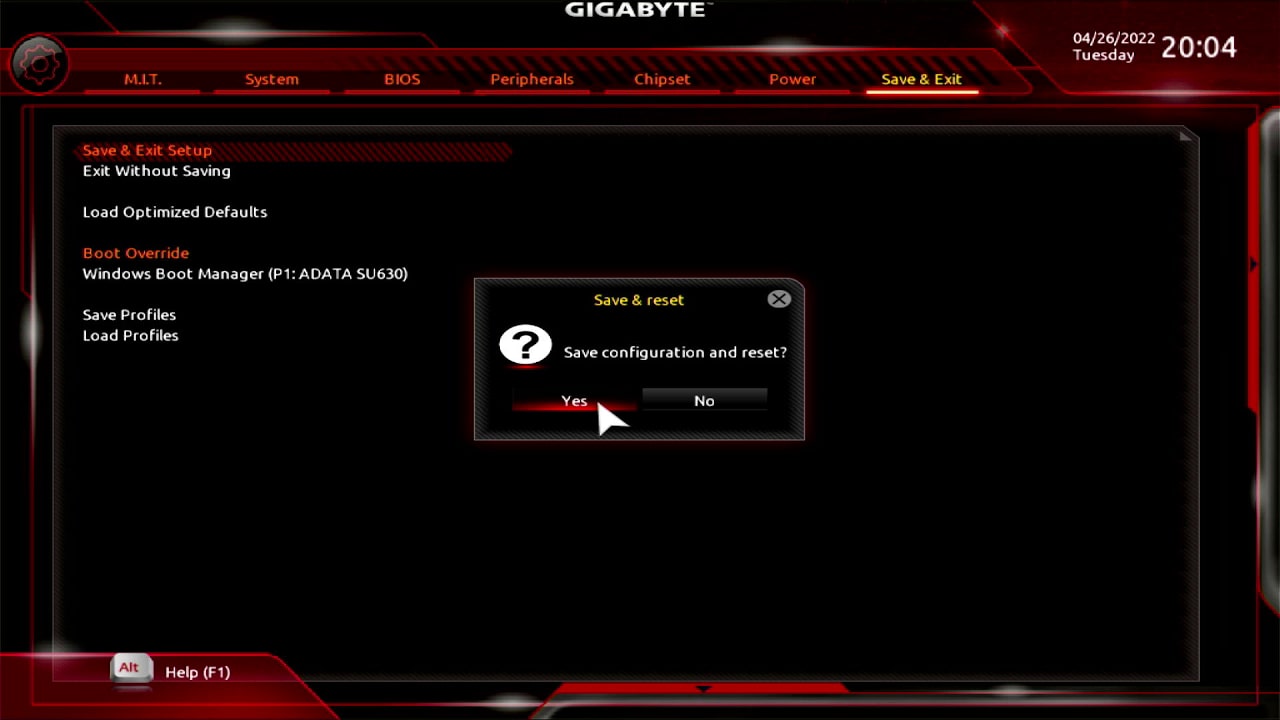Common Causes of Graphics Card Issues
Graphics card issues can be frustrating, especially when they disrupt your work or gaming experiences. Understanding the common causes of these issues can help you troubleshoot and resolve them more effectively. Here are some common reasons why your graphics card may not be working:
- Outdated or Incompatible Drivers: one of the most common causes of graphics card problems is outdated or incompatible drivers. Graphics card drivers act as the software interface between your operating system and the graphics card hardware. If these drivers are not up-to-date or incompatible with your system, it can lead to various issues, including graphical glitches, freeze-ups, and even crashes.
- Overheating: Graphics cards generate a significant amount of heat during operation, and if they become too hot, they can malfunction or even fail entirely. Overheating can be caused by inadequate cooling, dust accumulation, or improper airflow within your system. It’s essential to monitor the temperature of your graphics card and ensure it stays within the recommended limits.
- Power Supply Issues: Insufficient power supply to your graphics card can result in poor performance or complete failure. Graphics cards require a specific amount of power to function correctly, and if your power supply unit cannot provide enough power, it can lead to instability or shutdowns. Make sure your power supply unit meets the recommended specifications for your graphics card.
- Physical Connection Problems: Sometimes, a loose or improperly connected graphics card can cause issues. Ensure that your graphics card is securely seated in its slot on the motherboard. Additionally, check that all cables connecting the graphics card to the monitor are properly connected and undamaged.
- Damaged Graphics Card: Unfortunately, graphics cards can become damaged due to various factors, such as power surges, physical impact, or manufacturing defects. If your graphics card is damaged, it may exhibit symptoms like artifacts on the screen, screen flickering, or complete failure to display anything. In such cases, replacement may be necessary.
These are just some of the common causes of graphics card issues. Identifying the specific cause of your problem can help you focus your troubleshooting efforts and resolve the issue more efficiently. In the following sections, we’ll discuss the symptoms of a faulty graphics card, how to diagnose the problem, and various troubleshooting steps you can take to fix graphics card issues.
Symptoms of a Faulty Graphics Card
A faulty graphics card can cause a range of issues that can significantly impact your computer’s performance and visual display. Here are some common symptoms that indicate a potential problem with your graphics card:
- Screen Artifacts: If you notice strange visual anomalies on your screen, such as flickering, horizontal or vertical lines, strange colors, or random pixels, it could be a sign of a faulty graphics card. These graphical artifacts often occur when the GPU fails to render images properly.
- Unexpected System Crashes: A malfunctioning graphics card can cause your computer to crash unexpectedly. You may experience frequent blue screens of death (BSOD), sudden system freezes, or abrupt shutdowns while performing tasks that require graphics-intensive operations.
- Graphical Glitches: Glitches in graphics can manifest in various ways, such as distorted images, blurred textures, or objects rendering improperly in games or other graphical applications. These glitches can be an indication of a problem with the graphics card’s memory or GPU.
- Overheating and Fan Noise: If your graphics card is overheating, you may notice an increase in fan noise as it tries to cool down. Overheating can lead to performance issues and even cause your computer to shut down to prevent further damage. Monitoring the temperature of your graphics card can help identify this symptom.
- Reduced Performance: A faulty graphics card can lead to degraded performance in graphically demanding applications. You may experience slow frame rates, lag, or stuttering while gaming or using software that relies heavily on the GPU. This performance degradation can significantly impact your overall user experience.
If you encounter any of these symptoms, it’s important to address the issue promptly to prevent further damage to your graphics card or other components. In the next section, we’ll discuss how to diagnose graphics card problems and identify the root cause of the issue.
How to Diagnose a Graphics Card Problem
If you suspect that your graphics card is causing issues, it’s crucial to accurately diagnose the problem before attempting any fixes. Here are some steps you can take to diagnose a graphics card problem:
- Check for Visual Anomalies: Observe your screen for any visual anomalies like artifacts, flickering, or graphical glitches. These signs often indicate a problem with the graphics card.
- Monitor the Temperature: Install a hardware monitoring tool to keep an eye on the temperature of your graphics card. Overheating can cause performance issues, so if the temperatures are consistently high, it could be a sign of a cooling problem or a faulty fan on the graphics card.
- Perform Stress Tests: Run graphics card stress tests to put your GPU under heavy load. This helps identify any instability or crashing issues that may be related to the graphics card. There are various free software tools available for stress testing, such as FurMark or 3DMark.
- Update Graphics Drivers: Ensure that you have the latest graphics card drivers installed. Outdated drivers can cause compatibility issues and performance problems. Visit the manufacturer’s website to download and install the most recent drivers specifically designed for your graphics card model.
- Test on Another System: If possible, try the graphics card on another computer to rule out any compatibility or hardware-related issues with your current system. If the graphics card works fine on another system, it suggests that the problem lies elsewhere.
- Clean the GPU and Check Connections: Over time, dust and debris can accumulate on the graphics card and its connectors, leading to poor performance. Carefully clean the GPU and ensure all connections are secure. Be sure to follow proper cleaning procedures and use appropriate tools to avoid damage.
By following these diagnostic steps, you can gather information about the health and performance of your graphics card. Once you have identified the root cause of the problem, you can proceed with the necessary troubleshooting steps to resolve the issue, which we will discuss in the following section.
Troubleshooting Steps to Fix a Graphics Card Issue
Once you have diagnosed a graphics card problem, you can begin troubleshooting to resolve the issue. Here are some steps you can take to fix a graphics card problem:
- Restart Your Computer: Sometimes, a simple restart can resolve minor software glitches and temporary issues related to the graphics card. Restarting your computer allows the system to refresh and reset various processes.
- Check and Reinstall Drivers: Ensure that your graphics card drivers are up-to-date and compatible with your operating system. If you suspect that the drivers are causing the problem, uninstall the existing drivers and reinstall the latest ones from the manufacturer’s website.
- Adjust Power Settings: Check the power management settings in your operating system and graphics card control panel. Ensure that the settings are optimized for performance rather than power saving modes, as this can impact the graphics card’s performance.
- Verify Proper Power Supply: Ensure that your power supply unit is providing sufficient power to the graphics card. Check the power cables and connectors to ensure they are correctly connected and undamaged. If necessary, consider upgrading your power supply to meet the recommended requirements.
- Clean Dust and Ensure Proper Cooling: Dust accumulation can hinder the performance of your graphics card and cause overheating. Clean the dust from the cooling fans and heatsinks using compressed air or an anti-static brush. Ensure that the airflow within your system is unrestricted for efficient cooling.
- Reset BIOS Settings: Resetting the BIOS (Basic Input/Output System) to its default settings can help resolve compatibility issues or conflicts that may be causing the graphics card problem. Consult your motherboard manual or manufacturer’s website for instructions on how to reset the BIOS.
- Check for Hardware Conflicts: Conflicts with other hardware devices, such as sound cards, can sometimes affect the performance of your graphics card. Disable or remove any unnecessary or conflicting devices to see if it resolves the problem.
If after trying these troubleshooting steps the issue persists, it could indicate a more severe hardware problem with your graphics card. In such cases, it may be necessary to seek professional help or consider replacing the graphics card altogether. However, it’s essential to exhaust all possible troubleshooting options before taking these steps.
Updating Graphics Card Drivers
Updating your graphics card drivers is an essential step to ensure optimal performance and resolve compatibility issues. Here’s a guide on how to update your graphics card drivers:
- Identify Your Graphics Card: Determine the make and model of your graphics card. You can usually find this information in your system’s device manager or by checking the documentation or specifications of your computer.
- Visit the Manufacturer’s Website: Go to the manufacturer’s website of your graphics card, such as NVIDIA, AMD, or Intel. Look for the support or drivers section, specifically for your graphics card model.
- Download the Latest Drivers: Locate the latest drivers available for your graphics card. Ensure that you select the correct operating system and driver version for compatibility. Download the driver package to a convenient location on your computer.
- Uninstall Existing Drivers: Before installing the new drivers, it’s recommended to uninstall any existing graphics card drivers. You can do this by going to the device manager, selecting the graphics card, right-clicking, and choosing “Uninstall.” Follow the on-screen prompts to complete the process.
- Install the New Drivers: Run the driver installation file that you downloaded earlier. Follow the on-screen instructions to install the new drivers. Make sure to select any custom installation options if necessary or simply proceed with the default settings.
- Restart Your Computer: Once the driver installation is complete, restart your computer. This step allows the new drivers to take effect and ensures a clean start for your system with the updated drivers.
- Verify Driver Installation: After restarting, check the device manager or the graphics card control panel to verify that the updated drivers are installed correctly. You should also check for any available updates or additional settings you may need to configure.
Regularly updating your graphics card drivers helps ensure compatibility with new software releases, stability, and access to the latest features and improvements provided by the manufacturer. It is recommended to check for driver updates periodically, especially before or after major system updates or when experiencing graphics-related issues.
Common Mistakes to Avoid When Dealing with Graphics Card Problems
When troubleshooting and dealing with graphics card problems, it’s important to avoid certain common mistakes that could potentially worsen the situation or cause unnecessary complications. Here are some common mistakes to avoid:
- Skipping Basic Troubleshooting Steps: It’s crucial to start with the basics before diving into advanced troubleshooting. Skipping simple steps like restarting your computer, checking connections, or updating drivers can lead to overlooking simple solutions to the problem.
- Not Following Proper Safety Measures: When working with computer hardware, it’s essential to practice proper safety measures. Always remember to shut down your computer and disconnect the power source before handling any internal components. Failure to do so can result in electrical damage or personal injury.
- Using Unsupported or Unofficial Drivers: While it might be tempting to download and install unofficial or modified drivers from unknown sources, it’s crucial to stick with official drivers provided by the graphics card manufacturer. Unsupported or unofficial drivers can lead to compatibility issues, instability, or even security risks.
- Overlooking Proper Cooling and Ventilation: Neglecting proper cooling and ventilation of your system can lead to overheating issues that might affect the performance and lifespan of your graphics card. Ensure that your computer has adequate airflow, clean cooling fans, and proper ventilation to prevent excessive heat buildup.
- Ignoring Manufacturer Recommendations and Guidelines: Each graphics card has specific recommendations and guidelines provided by the manufacturer. Be sure to read and follow these instructions for installation, maintenance, and troubleshooting. Ignoring these recommendations can result in avoidable complications or voiding warranty coverage.
- Tampering with Hardware Components: Unless you have the necessary expertise and knowledge, it’s generally not recommended to tamper with or modify hardware components of your graphics card. Unauthorized modifications, such as overclocking or physical alterations, can damage the card or void its warranty.
- Not Seeking Professional Help When Needed: If you have exhausted all troubleshooting steps and the problem still persists, it’s important to recognize when it’s time to seek professional assistance. Professional technicians have the expertise and tools to diagnose and repair complex graphics card issues effectively.
Avoiding these common mistakes can help ensure a smoother troubleshooting process and improve the chances of successfully resolving graphics card problems. By following best practices and exercising caution, you can minimize the risk of causing further damage while working towards a resolution.
When to Seek Professional Help
While many graphics card issues can be resolved through basic troubleshooting steps, there are instances where seeking professional help becomes necessary. Here are some situations where it’s advisable to seek assistance from a professional:
- Persistent and Unresolved Issues: If you’ve tried various troubleshooting steps, including driver updates, software adjustments, and hardware checks, but the graphics card problem persists, it’s a clear indication that the issue requires expert attention. A professional technician can conduct an in-depth assessment and diagnosis to identify and address the root cause effectively.
- Physical Damage or Malfunction: In cases where the graphics card has suffered physical damage due to accidents, falls, or other mishaps, it’s best to seek professional help. Attempting to repair physical damage on your own can cause further harm or lead to irreparable damage. A professional technician can evaluate the extent of the damage and provide the appropriate solutions, such as repair or replacement.
- Limited Technical Knowledge and Experience: If you are not familiar with computer hardware or lack experience in troubleshooting graphics card issues, it’s wise to seek professional assistance. Graphics cards are complex components, and mishandling them can lead to further damage or render them unusable. A skilled technician can leverage their expertise to diagnose and fix the problem accurately.
- Time Constraints and Urgency: If you are facing time constraints or have an urgent need to have your graphics card issue resolved, it’s often more efficient to seek professional help. Professional technicians have the necessary tools, resources, and experience to provide a prompt resolution. This can be especially crucial if you rely on your computer for work or other critical tasks.
- Warranty Coverage: If your graphics card is still under warranty, it’s recommended to consult with the manufacturer or an authorized service center. Attempting to perform repairs or modifications on your own can potentially void the warranty. Professional technicians can accurately assess the warranty status and provide authorized repairs or replacements.
Remember, seeking professional help ensures that your graphics card issue receives the expertise and attention it needs. It can save you time, prevent further damage, and increase the chances of a successful resolution. Always choose reputable and trusted professionals with experience in dealing with graphics card problems.
Conclusion
Dealing with graphics card issues can be frustrating, but by understanding the common causes, symptoms, and troubleshooting steps, you can effectively diagnose and resolve problems. Outdated or incompatible drivers, overheating, power supply issues, physical connection problems, and damaged graphics cards are frequent culprits behind graphics card problems. By following proper troubleshooting procedures, such as restarting your computer, updating drivers, checking power supply, cleaning dust, and verifying connections, you can often resolve issues on your own.
However, it’s important to avoid common mistakes like skipping basic troubleshooting steps, using unsupported drivers, neglecting proper cooling, and tampering with hardware components without proper knowledge. These mistakes can exacerbate the problem or lead to further damage. It’s also crucial to seek professional help when necessary, especially if you’re facing persistent and unresolved issues, physical damage or malfunction, lack technical knowledge and experience, have time constraints or urgency, or need warranty coverage.
Remember to prioritize safety when working with computer hardware and adhere to manufacturer guidelines and recommendations. Regularly updating your graphics card drivers, monitoring temperatures, and keeping your system clean can help prevent future issues. Ensuring proper cooling and ventilation is also key to maintaining optimal performance.
By being proactive in diagnosing and addressing graphics card problems, you can enjoy smoother performance, enhanced visuals, and uninterrupted gaming or work experiences. When in doubt, consult professional technicians who can provide expert assistance, ensuring your graphics card receives the care it needs for optimal performance and longevity.







